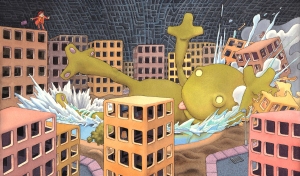 As both a writer and illustrator, you must get pulled in so many different directions artistically. How do you decide on the project you will focus your attention on?
As both a writer and illustrator, you must get pulled in so many different directions artistically. How do you decide on the project you will focus your attention on?Wednesday, July 5, 2017
Interview with Thunder Bay's Duncan Weller.
An Interview with Duncan Weller from TBPL's "Off the Shelf"
Duncan Weller and Friend at Chapter's Book Signing
(photo by Joan Baril)
Shauna Kosoris: So what came first for you: art or writing?
Duncan Weller: Children are quite happy to draw until they learn to write. The interest in writing supersedes drawing because words more easily express ideas and feelings than pictures. I kept drawing as I learned to write to satisfy an itch that I can’t explain. According to my mother, my first spoken word as a one year old child occurred when looking at a sundown over the Ottawa River. I said, “Pretty,” and not another word for three months. In my twenties I thought of myself as a visual artist. I was getting paid for my art long before my writing, but today I don’t distinguish between the two as powerful twins.
In university, you were originally in Fine Arts. Why did you decide to switch to English?
I wanted to learn about the history and methods of creating children’s books and other forms of literature. And at the time the Fine Arts Departments across North America emphasized modern art, which has value for some, but wasn’t my thing. The philosophical underpinnings of modernism was too subjective for my taste and Fine Arts departments completely ignored the potential of popular culture.There’s nothing wrong with the traditional functions of art when those traditional functions are used progressively to dramatically enrich a democratic society. And humanism is at the core of English literature which applies not only to visual art, but to cultures the world over. That emphasis, of art with a mission beyond aesthetics, ideology and the self struck me as more meaningful and useful.
Stories are movies in my mind, complete with settings, plot and characters long before they are organized into a format using words and images. In order for others to enjoy my books, movies on paper, I have to make the computer keyboard come atonally alive with the laborious part of organizing words and sentences into a meaningful story enhancing and being enhanced by the illustrations. It’s a complicated balancing act, so I make notes, a good outline and/or a story board. So again, the writing and illustrations come together. Hundreds of stories were memorized by griots or bards who passed down stories orally for thousands of years. I’m not that clever, but I have entire plots and ideas for novels worked out in my head where not a sentence has been formed, not a drawing made.
What is your favourite artistic medium to work with and why?
Watercolour is amazingly versatile and perfectly suited for illustrating children’s books. With the right paper and techniques, watercolour effects can mimic the texture of skin, bark, cloth, steel, clouds, water, etc. in wonderful ways. Oils are my second favourite. A story I completed called Lara Wood, yet to be printed/published was done in oils and alkyds. I used a crackle medium to imitate tree bark. It looks awesome. Painting faces with oils is the best way to go if you want to take your time and blend skin tones nicely, along with creating setting effects, like skies and atmospheres. For the books I’ve used all sorts of different mediums and plan to use more in the future.
In your books, you've written both prose and poetry. Do you have a preference for one or the other?
Prose. It’s so much easier. And safer. Poetry is hard to write and dangerous. An incredible number of poets commit suicide. This is because poets often look deeply inwards, searching for bigger truths in the well, reaching beyond the rejuvenating properties of the drinking water and heading straight for the rocky bottom. Also, the subjective nature of poetry and lack of financial support makes the life of a poet pretty hard. At its best poetry can be the most perfect form of human expression so I look forward to writing poetry for future children’s books. I look deeply, but I don’t plumb the depths of my own being for the rocky bottom. I’m not all that interested in ultimate truths. I believe there is some kind of order to the universe, and I have a few ideas about how it works, but I wouldn’t dare to take myself too seriously. I leave these depths to scientists and philosophers and try to look at the outside world as an observer with a heart. And because I’m sensitive I like to keep the poetic impulses to a minimum. I’ll live longer this way.
That's fair. I know you’ve made videos of some of your children’s books; are you still working with film at all?
Occasionally I work on painting backdrops that may one day be green screened into a short film I want to make. And I’d love to make animated shorts and short films, leading up to making a feature film one day, but films get made by teams and require lots of management and money. So I’m sure I’ll do a few more small projects, maybe one next year.
 As both a writer and illustrator, you must get pulled in so many different directions artistically. How do you decide on the project you will focus your attention on?
As both a writer and illustrator, you must get pulled in so many different directions artistically. How do you decide on the project you will focus your attention on?
As a writer, painter, designer, publisher, promoter, and salesperson I have to balance too many jobs with paying for rent and food like anyone else. So I take on commissions occasionally to earn some quick money. My book projects are eventually more profitable, and more so if I can find an agent and a good publisher this year. It’s expensive to print a book on my own, and will put me in debt for a while, but will eventually earn me good money. Despite the complications, choosing a project or starting a new project comes from feeling inspired or just getting bored with painting in one medium. Sometimes it’s a sudden rush of emotions that are connected with a story I love that I just can’t wait to work on. It’s also about timing and situations, some just too hard to explain.
What are you working on now?
Right now I’ve got three visual art commissions that will pay the rent. In my spare time I’m working on three different novels with lots of interesting characters and situations: We Play You (for adults) is about an artist who has his work stolen by a gallery owner. He discovers that the gallery owner is connected to an investment company that steals art from artists the world over. Punch-Out and The Search for the Ugg are two middle readers for kids. The Ugg story will have over 80 small illustrations. I hope to have Tiger Dream, a new picture book, completed this year.
So what book or author inspired you to write?
As a teenager I read nearly a novel a day, everything from Farley Mowat to dozens of science fiction authors, along with all the required books in high school, enjoying the Russian authors, Shakespeare and George Orwell. In University I was a big fan of the English Romantic Poets, Roald Dahl and the political writings of many American journalists, especially Tom Wolfe who blew up the writing world decades ago with his dramatic writing style. These days I read Ian Rankin and lots of political articles. I am looking to get back into reading a greater variety of novels by joining a book group.
For children’s books I had a few favourites like Where the Wild Things Are, In the Night Kitchen, books featuring Mr. Ben Red Knight, Graham Oakley’s church mice, a couple books by Dr. Suess, Jack Ezra Keats (Goggles! was my favourite), and a few oddball books from Europe including the strange imagery in Eastern European books of folktales. Hans Christian Andersen’s “The Emperor’s New Clothes” was my absolute favourite because the allegory applied to all sorts of strange adult behaviours. Most often I was disappointed as a child with children’s picture books. I felt the authors and illustrators had very little imagination, playing it safe, especially when compared to the amazing imagery in movies and television which also had a big influence on me. The Tom and Jane series that my mother got me as a young child made me feel ill. These books and many others were so bad I thought adults were robots who had no idea that children had feelings. I didn’t want to grow up to be an adult. For a while I thought adults were another kind of animal. At the age of nine a school librarian recommended we read the picture books with gold stickers on their covers. After I read over twenty books with gold stickers I told my classmates that books with gold stickers were the worst. It was about this time that I gave up on picture books and began reading comic books. I recall how disappointed I was when I made this as a conscious decision. At seventeen I thought I could make a ton of money writing good books for children because so many of them were terrible. In my early twenties I discovered Roald Dahl which later had a big influence.
Is there a book you think everyone should read?
For anyone interested in the visual arts I would recommend Learning to See by Alan Gowans. It’s out of print, but old copies can be ordered from Amazon and found in secondhand book shops in British Columbia. Gowans was an art historian who taught at the University of Victoria. He offered an alternate history of art that is amazingly coherent, practical and useful for artists if they ever feel confused about what art is for - about the amazing things that art can do for people.
And what are you currently reading?
I’m reading a book by Keli Goff called Party Crashing: How the Hip-Hop Generation Declared Political Independence. It’s one of many books I’m reading about race relations in order to improve the allegory for a story called Tiger Dream. I want to show children that it’s okay for us to eat, dress, talk and express ourselves differently because underneath the human dress (culture) we are all biologically the same. Our variety of cultures make the world an amazing place. I have to do a lot of reading for this story to better develop the allegory and ensure I’m representing other cultures accurately and positively. My research for Tiger Dream began with a trip to Ghana, which was made possible by a Chalmers’ Art Fellowship Award through the Ontario Arts Council.
Subscribe to:
Post Comments (Atom)

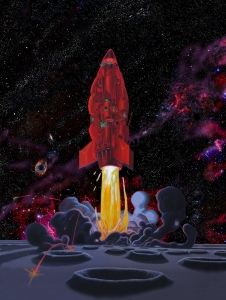
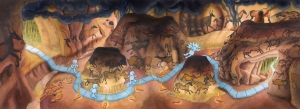

















































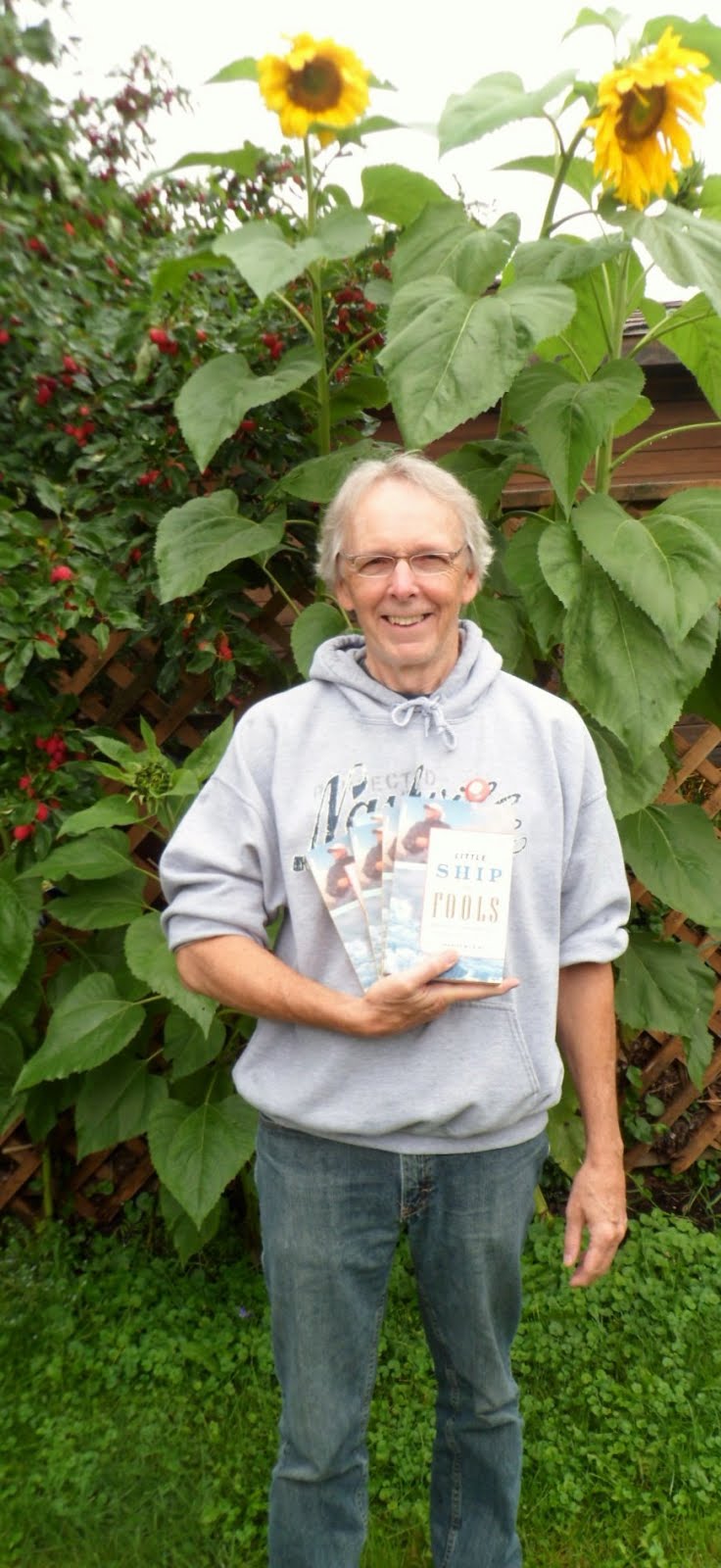





























































































































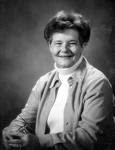


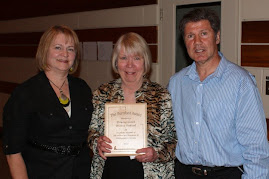















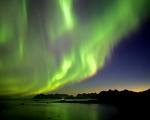
















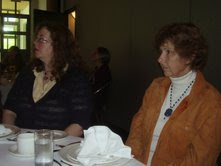



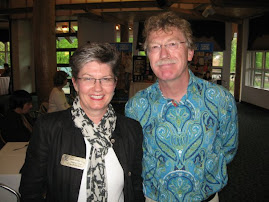


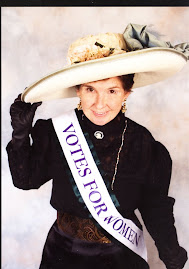




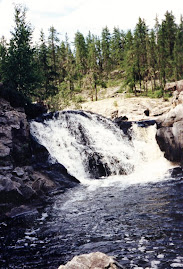




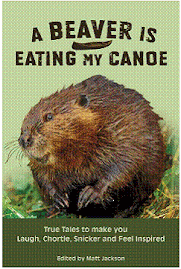
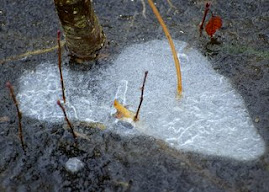



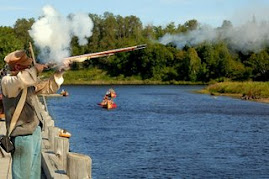




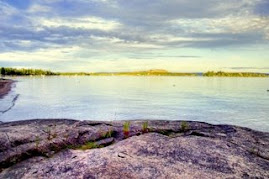

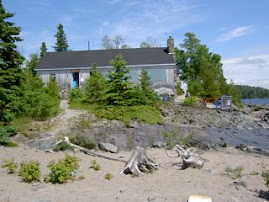


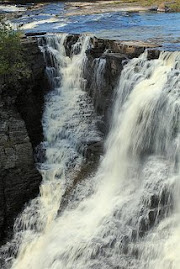
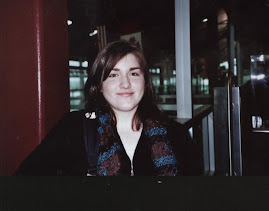


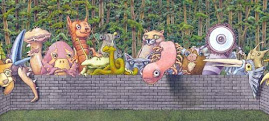
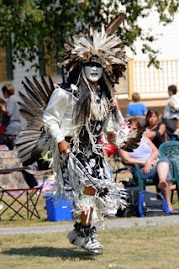


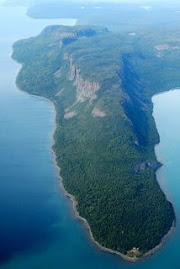
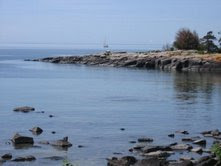



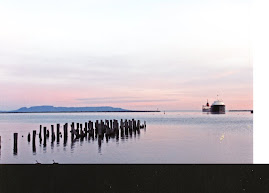





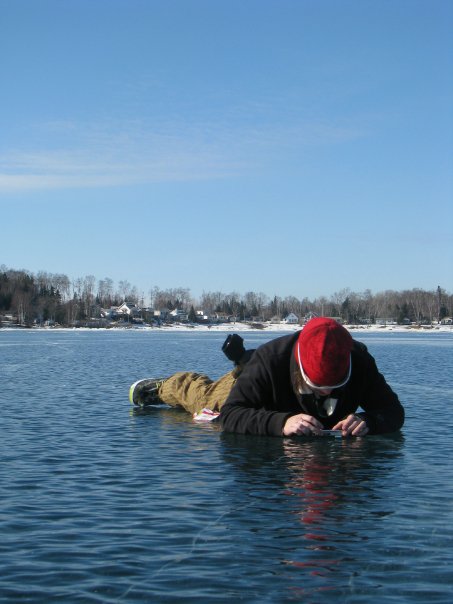
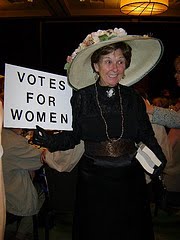
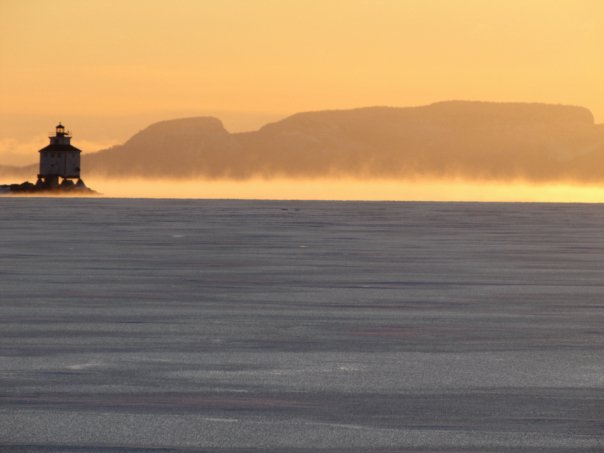

No comments:
Post a Comment